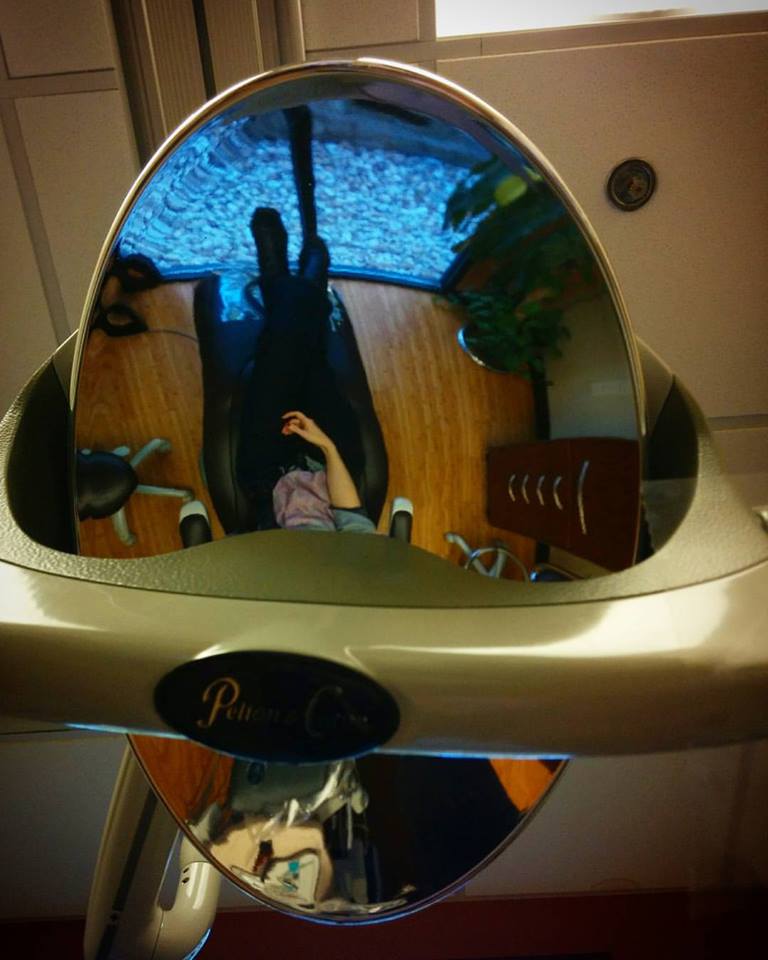In Tristles Tropiques Claude Levi-Strauss mentions a questionable but symptomatic cause of death for native population during colonization:
“In was used to be called Hispaniola (today Haiti and Santo Domingo) the native population numbered about one hundred thousand in 1492, but had dropped to two hundred a century later, since people died of horror and disgust at European civilization even more than of smallpox and physical ill-treatment.” (Levi-Strauss, 1974, 75)
We would frame it today as death from depression and stress, probably, but this kind of claim does not sustain a critique for the reason that it could not be supported with hard scientific evidence: there is no way to create a chart comparing numbers of people who died from smallpox and physical ill-treatment, to sum it up, and compare to the numbers of those who died of horror and disgust.
The reason why I remembered it, however, is the passage in Ruth Benedict’s Patterns of Culture which speaks to this Levi-Strauss’s fragment, even if in a roundabout way:
“War may be, as it was among the Aztecs, a way of getting captives for the religious sacrifices. Since the Spaniards fought to kill, according to Aztec standards they broke the rules of the game. The Aztecs fell back in dismay and Cortez walked as victor into the capital.” (Benedict, 1934, 31)
Unlike Levi-Strauss, Benedict does not ascribe here European white sensitivities to native populations, but her statement is questionable in a similar way because it seems to imply that Aztecs fell back in dismay not because they were overwhelmed with surpassing forces but because they encountered a fight which broke their warfare standards.
I have no doubt that the affects of the kind–such as disgust, dismay, repulsion, horror, contempt– took place and played a role in establishing a power balance in different regions, and in regard to those subjugated each of those affects was but another tool of obliteration.
Intimidation and fear are powerful weapons which lay at the core of terrorist strategies of conducting the war (and the word “terror” is fully embedded in “terrorism”).
I wonder what kind of research question might have been possible here. How exactly such affects shape social interactions and participate in the decline of native populations? This might be one way to look at it.
References
Benedict, Ruth. Patterns of Culture. Cambridge–Massachusetts, 1934.
Claude, Levi-Strauss. Tristles Tropiques. Translated from the French by John and Doreen Weightman. New York, 1975.


